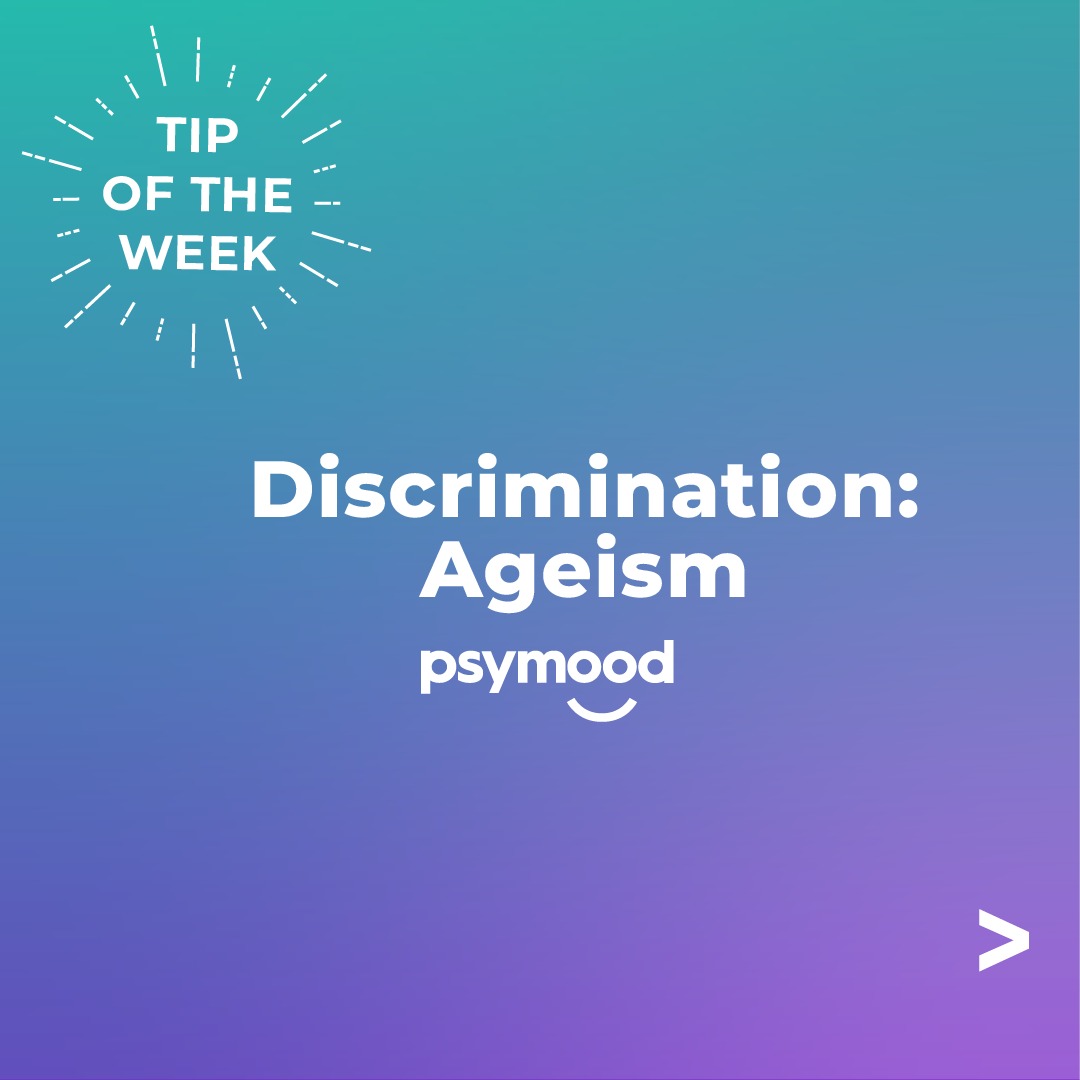What is Ageism?
We’ve all heard the term “ageism” before, but what does it mean?
Ageism is a form of discrimination against people based on their age. It’s when people are treated differently because of their age, or when they are denied opportunities because they’re “too old”. Ageism can present itself as either discriminating against someone’s age or using hurtful stereotypes.
It can happen in any setting, from social interactions to employment.
You can see ageism in our institutions, relationships, and workplaces. Ageism is most often seen in workplaces and can take a toll on people and their mental health. Ageism can affect how we view ourselves and can damage relationships between different generations, causing a rift between older individuals and younger individuals.
Ageism in the Workplace
Age discrimination at work can take many different forms. It can look like either organizations, employers and other coworkers having negative attitudes towards older employees. It may also look like older employees being subject to hurtful stereotypes deeming them unfit to do a job or can complete tasks due to their age. Whatever form ageism comes in, it is wrong, hurtful and illegal.
5 Signs of Ageism
- New learning opportunities are often offered to younger employees, (e.g., workshops, conferences, modules, reimbursement for continuing education, “You don’t need this training program. At your age, what would the benefit be”).
- Promotions being offered to younger employees.
- Being ignored or denied for more challenging work assignments, (“Are you sure you can handle this job? It takes a lot of energy and enthusiasm”).
- Being left out of work meetings or company activities during or outside of work.
- Demeaning comments or remarks about age. This can be seen as “just a joke” but still be hurtful. (e.g., typing speeds, difficulty using tech, making fun of physical strengths, etc).
Women and Ageism and “Lookism”
Gendered ageism is an even more growing concern. Women experience ageism more than their male counterparts, and are subject to “lookism”. Lookism refers to women being put under a microscope for their looks, and are discriminated against for showing visible signs of aging. This puts a lot of pressure on women in the workplace and affects their job security, financial security, and confidence and self esteem. The sad truth is that many women feel less valuable and competent as they age. In fact, one study showed that 80% of older female employees experienced some form of gendered ageism. Moreover, women are also more susceptible to reverse ageism. Reverse ageism is being discriminated against for looking too young, (77% of those under 35 reported the negative impact of gendered ageism). The unfortunate reality is that women experience ageism much more than their male counterparts.
How to Combat Ageism in the Workplace
- Know the law be familiar with policy on age discrimination.
- Talk to someone in charge. Try talking to a supervisor or HR if you have concerns about ageism in the workplace. It may seem intimidating to talk to your supervisor about topics like ageism, but speaking up about discrimination is the first steps in creating a more welcoming work environment.
- If you see something, say something. Next time you see or hear something that seems like ageism at work, stop it in its tracks. Don’t play into hurtful stereotypes.
- As an employer, make sure everyone has equal opportunities in the workplace. If there are workshops or learning opportunities, offer the opportunity to everyone who is qualified, not just youngsters.
- Talk about ageism at work. Sometimes people may think they are just joking when they say something hurtful and may not realize the impact of their words. Make sure that everyone is educated on ageism and how words can be perceived.
PsyMood is a digital tool designed to help you find the support you need in the language that you are most comfortable with. PsyMood considers cultural background, geographical location, interests, and personal needs, amongst other factors, to pair you with service providers for either online or in-person therapy sessions.
Check out our other blogs here!


.png)
.png)
.png)
Recent Comments